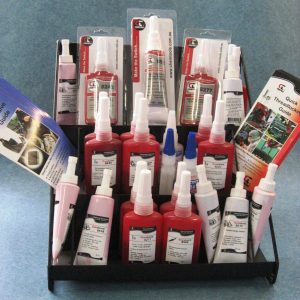
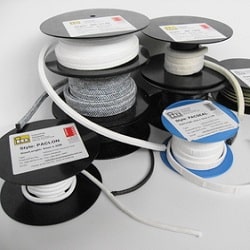
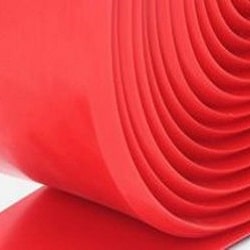
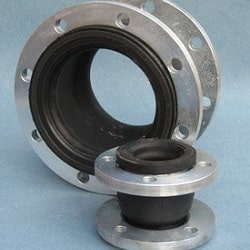
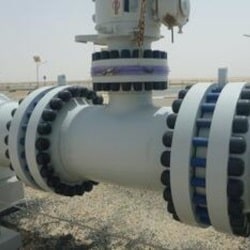
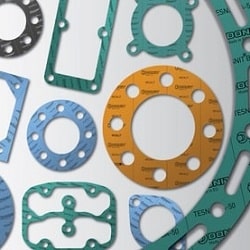
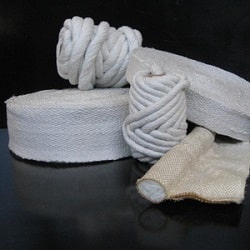

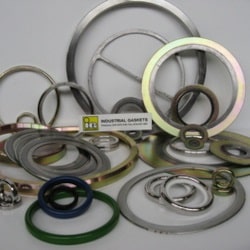
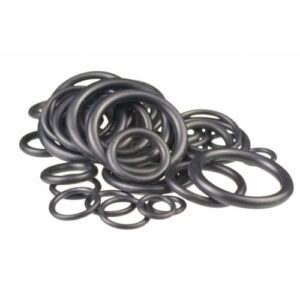
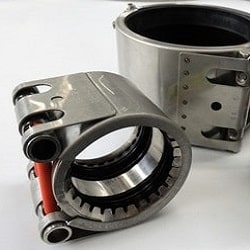



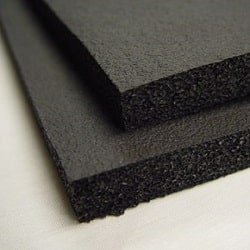
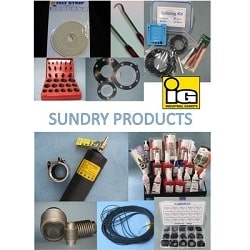

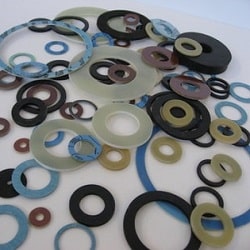
Gaskets are materials that seal between two different surfaces, under compression to create a static seal. The sealing is a result of the compressive forces created by sufficient bold load, and also works to fill the imperfections on the mating surfaces to be sealed. At Industrial Gaskets we have a material to suit all your needs and a great sales team to assist you in choosing the best material for your application.
Because pressure and temperature are so closely connected, it is often effective to consider them together by measuring Pressure x Temperature or PXT value. Review the specifications of the gasket material you are considering – if they are both near the max. continuous operating limits of the application, a more robust material should be used.
An important factor to consider in selecting materials for gaskets is that most testing for OEM products is conducted under laboratory conditions. Actual field environments must be considered before a recommendation for materials can be made.
A gasket has one basic function: to create a positive seal between two relatively stationary parts. The gasket must do a number of different jobs well to function properly – first, create an initial seal; second, maintain the seal over a desired length of time; third, be easily removed and replaced. Varying degrees of success are dependent on how well the gasket does the following:
During the gasket product selection process that follows, we recommend that these nine (9) factors be used as a checklist from the viewpoint of the user’s degree of need for each factor and the manufacturer’s degree of compliance.
For more information, contact us today.
